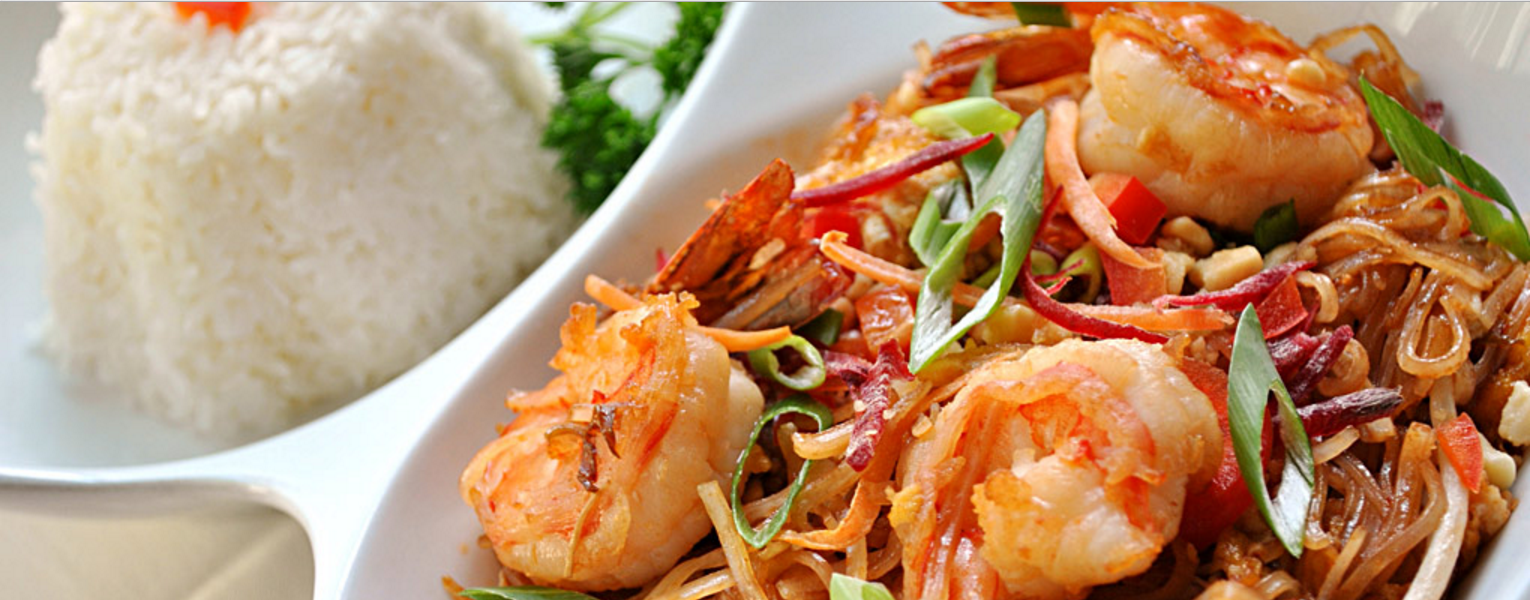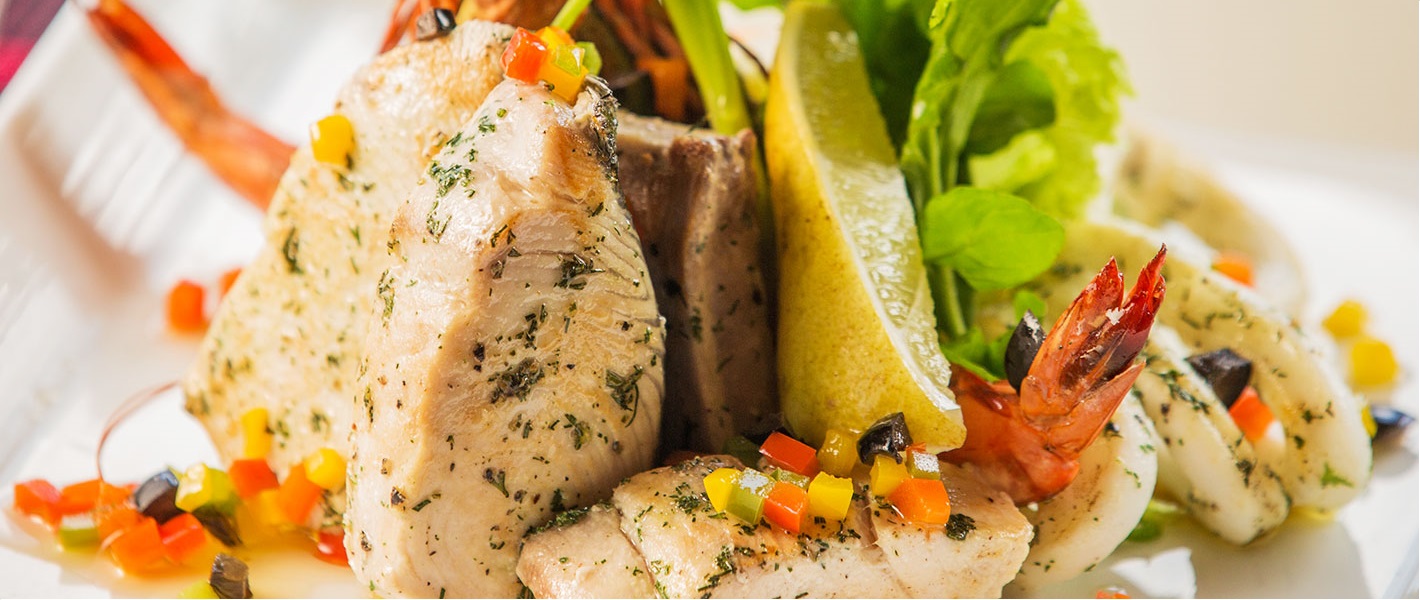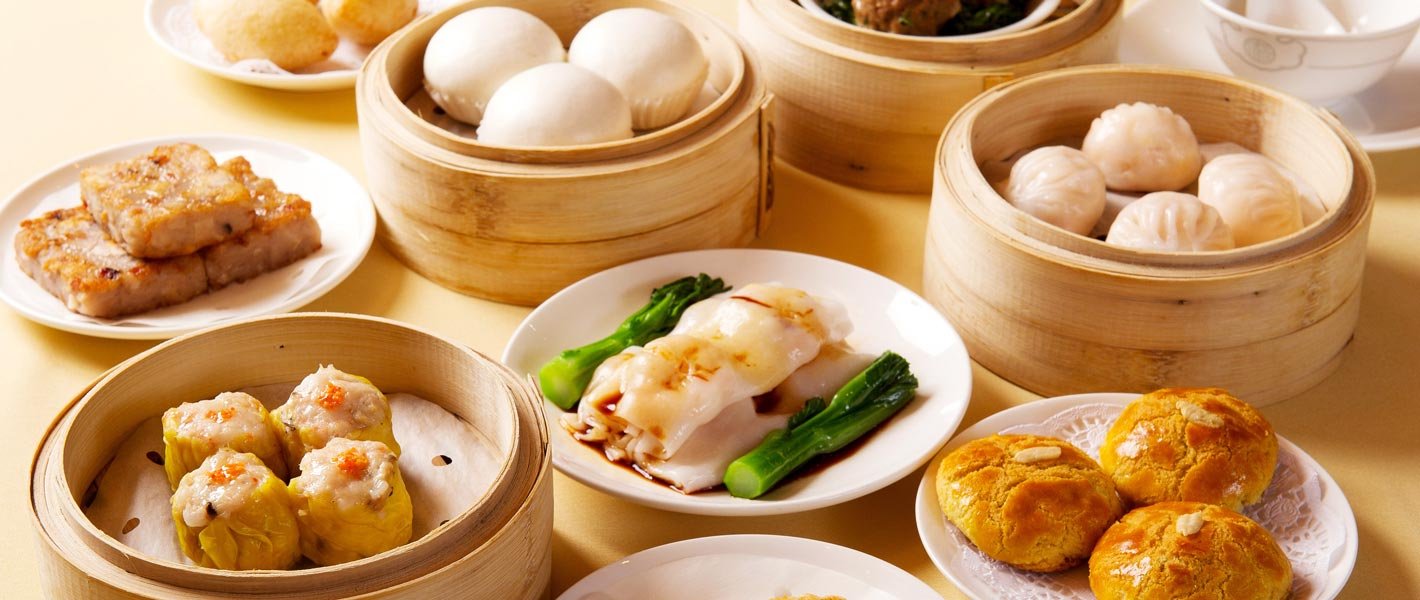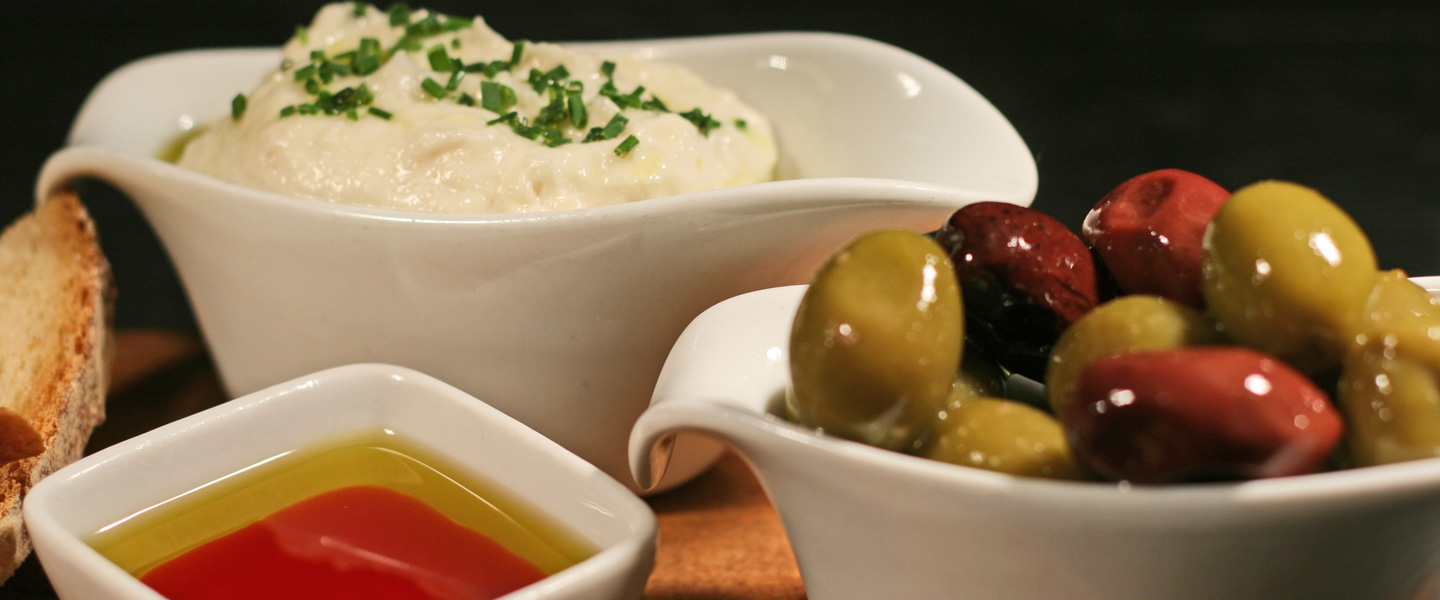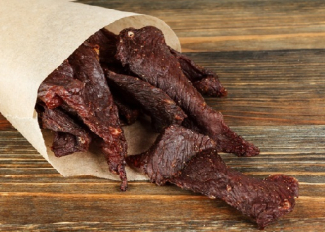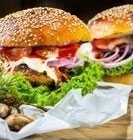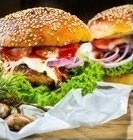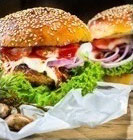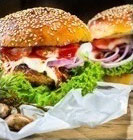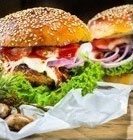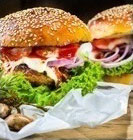Biltong
Biltong is a form of dried, cured meat that originated in Southern African countries (South Africa, Zimbabwe, Malawi, Namibia, Botswana and Zambia). Various types of meat are used to produce it, ranging from beef to game meats such as ostrich or kudu. The cut may also vary, either fillets of meat cut into strips following the grain of the muscle, or flat pieces sliced across the grain.
Bitong is related to beef jerky in that they are both spiced, dried meats; however, the typical ingredients, taste and production processes may differ. The word biltong is from the Dutch bil ("buttock") and tong ("strip" or "tongue").
Meat preservation as a survival technique dates back to ancient times. European seafarers preserved meat for their long journeys by curing meat in salt or brine. European settlers (Dutch, German, French) who arrived in southern Africa in the early 17th century used vinegar in the curing process, as well as saltpetre (potassium nitrate). The potassium nitrate kills Clostridium botulinum, the deadly bacterium that causes botulism, while the acidity of the vinegar inhibits its growth.
Fatty biltong is a kind of bitong, the fatty bitong even softer than regular biltong. Soft, delicious and tender, seasoned with spices. The fat is buttery and creamy. It coats your mouth while the beef and spices come to life. The amount of fat does vary from piece to piece. Some people don't find eating fat that appealing but the people who eat fatty biltong swear by it.
Wagyu refers to several breeds of cattle genetically predisposed to intense marbling. Wagyu beef biltong is biltong made with Wagyu cattle with typical fat of Wayu beef.
Read more




